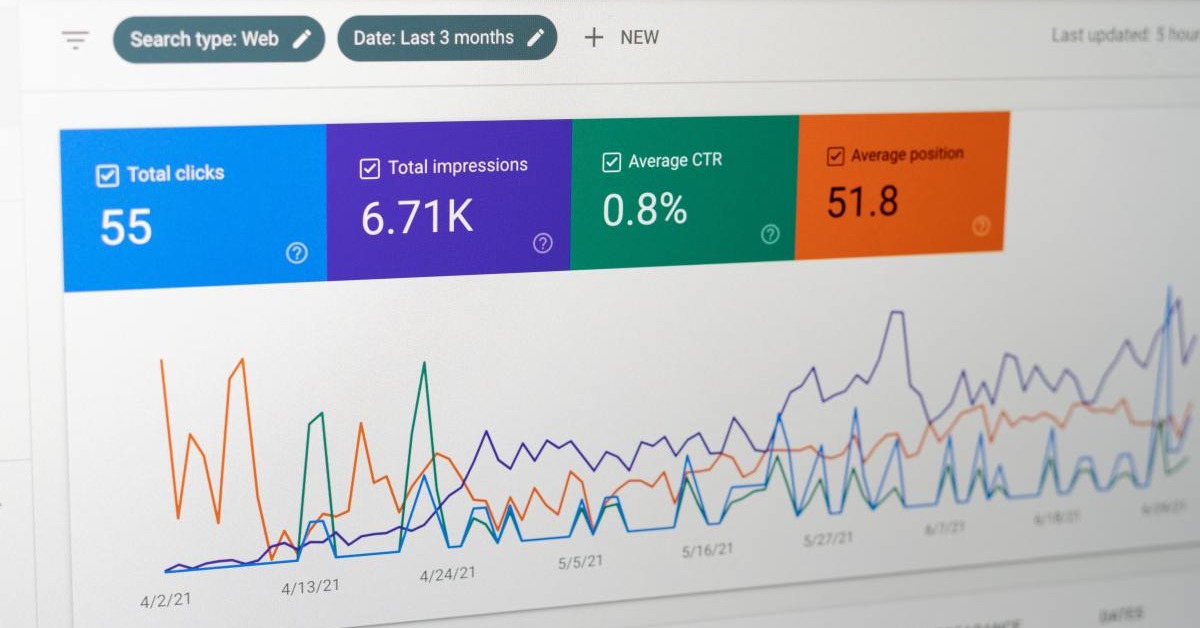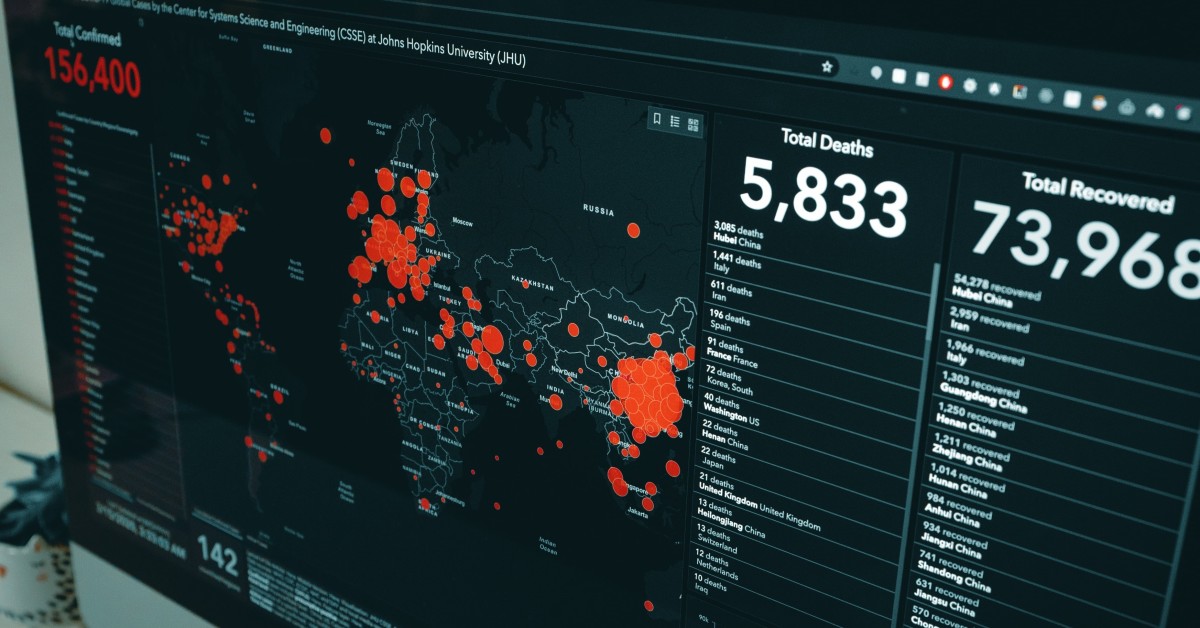
How to Become a Statistician
Learning statistical analysis, statistical methods, and statistical theory is a [...]
We live in an age of data, a time when seemingly everything can be quantified and analyzed. The field of medicine is no exception to this modern trend; on the contrary, it is at the forefront, exploiting the explosion of data to drive research and new treatments.
The demand for experts in biology and statistical analysis—biostatisticians, more succinctly—is on the rise, and will likely remain that way for the foreseeable future.
If medical science and advanced mathematics are in your wheelhouse, now is a good time to consider becoming a biostatistician.
In this article, we’ll cover:
With a career in biostatistics, your job will take you to the crossroads of medicine and math. You’ll conduct statistical analyses and play a major role in improving healthcare and medicine. Like all jobs, it has its pros and cons.
Biostatisticians interpret and analyze medical data and statistics through research studies and clinical trials. With a bachelor’s degree and a master’s degree in biostatistics, you’ll likely work for a pharmaceutical company or in a healthcare setting, such as a lab or a hospital. Some other potential employment areas include the government or academia. Your analyses and interpretations of data might be used for clinical trials, research studies, or answering pressing medical questions.
Once you earn your degree, you’ll most likely be working in a healthcare field in some capacity, although you will have other options; potential alternate careers for general statisticians include working with engineers or research companies.
On average, statisticians earn $87,780 per year. If numbers, data, and research are what get you up in the morning, you can make a pretty penny doing what you love.
A bachelor’s degree, which typically takes four years, is a bare minimum requirement for biostatisticians. To prepare you for becoming a biostatistician, a degree in health science or a related field is a smart choice.
Most jobs also require a master’s degree or doctorate in biostatistics. A master’s degree could take you two or more years to attain, and a doctorate can take another three to six years. You won’t have to go to medical school, at least.
Although there are no mandatory ongoing education requirements for biostatisticians, once you become a biostatistician you’ll likely receive ongoing training from your employer. Learning about new research methods and the latest information in the field by taking courses or attending conferences will help you make even more of an impact. Since there are no official requirements, you’ll have the freedom to choose your continuing education opportunities and professional conferences.
In 2019, professional conferences brought biostatisticians to such exotic locales as Basel, Switzerland; Leuven, Belgium: and New Orleans, Louisiana.
There is no official regulatory board for biostatistics and no official licensure or accreditations for the profession. You don’t need all the requirements you would from medical school (thank goodness); you will just need to earn your bachelor’s degree, and at least your master’s degree in biostatistics or similar major.
Once you find a school that offers master’s degree programs in biostatistics or PhD degree programs in biostatistics, your school program will help you meet degree requirements.
When going into the medical field, you’ll find that many different companies and healthcare organizations might have specific requirements for their employees, so check with employers in your area to find out if you need to meet any additional employment requirements.
If you’re prepared for at least six years of education in biostatistics—undergrad plus, for most jobs, a graduate program—there aren’t too many hurdles to becoming a biostatistician.
That is, unless you tend to struggle with data, statistics, and math, in which case you might struggle to start a career in statistical analysis as a biostatistician. If you are the kind of person who slaps down your credit card and runs to the bathroom to avoid divvying up the check after a large group dinner, this career probably isn’t for you.
There are resources out there to help you as you train and begin working with statistics and data analysis.
They include:
Biostatistics and epidemiology are closely related, so you can also find support and resources from:__
Many biostatisticians who have a bachelor’s degree can find entry-level positions working with clinical trials for hospitals or pharmaceutical companies.
Those with a master’s degree have more options and can obtain more supervisory positions in:
Those with an academic/theoretical bent can pursue a doctorate in biostatistics and may just develop breakthrough statistical methods. Or, they might just train the next generation of biostatisticians, also a worthy endeavor.
If you’re looking for further education in the health or health sciences field that would benefit you and your career, getting a degree from a school of medicine is also an option. You can also look for a program in a related field such as epidemiology.
Before continuing your education, think about what type of research or clinical trials you want to focus your career on so you can find courses that will be the most beneficial for you.
Alicia Betz is a writer and high school English teacher. She earned her bachelor’s in education from Pennsylvania State University and her master’s in education—as well as a certificate in online teaching and learning—from Michigan State University.
(Last Updated on February 26, 2024)
Questions or feedback? Email editor@noodle.com

Learning statistical analysis, statistical methods, and statistical theory is a [...]

A master's degree in statistics offers graduates a breadth of [...]

Statisticians work across employment sectors that include government, business, healthcare, [...]

The human eye blinks an average of 4,200,000 times a [...]

Looking for a career in academics, actuarial science, business analytics, [...]
Categorized as: Health Informatics & Sciences, Nursing & Healthcare